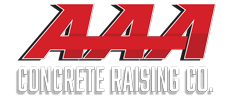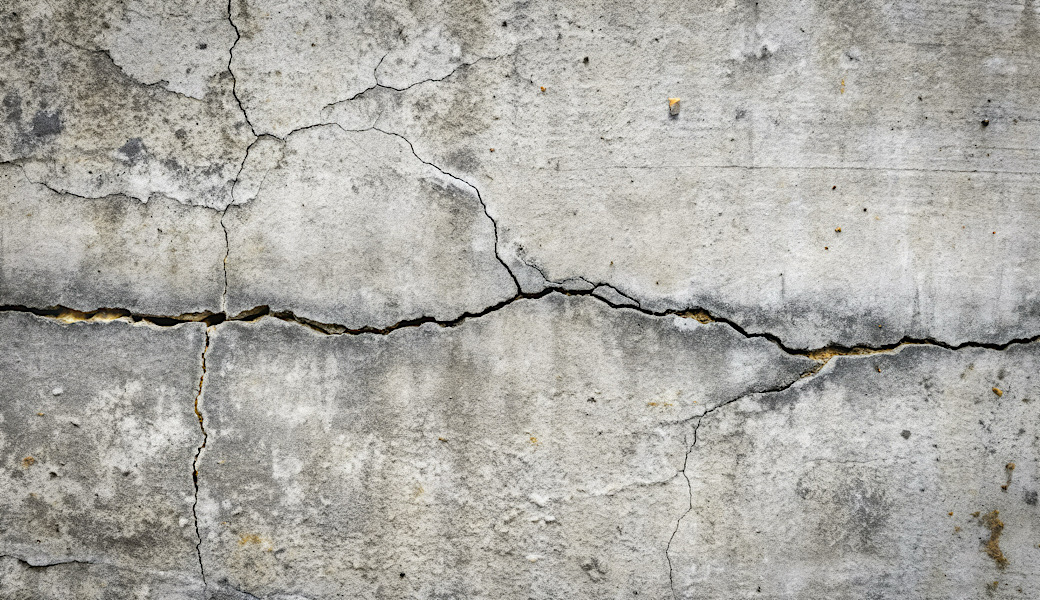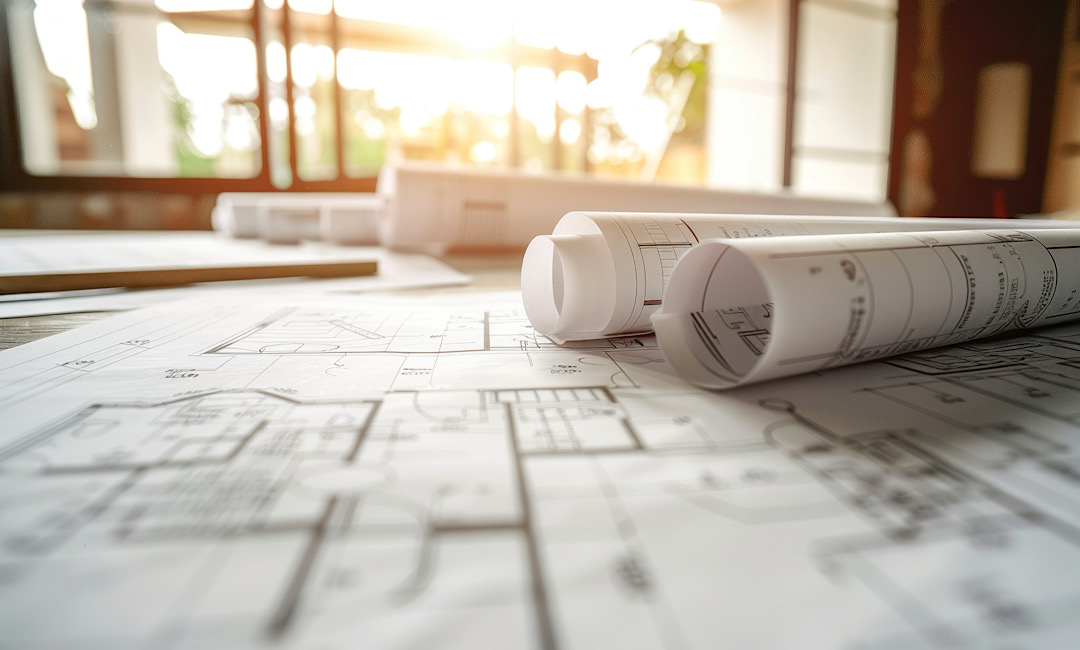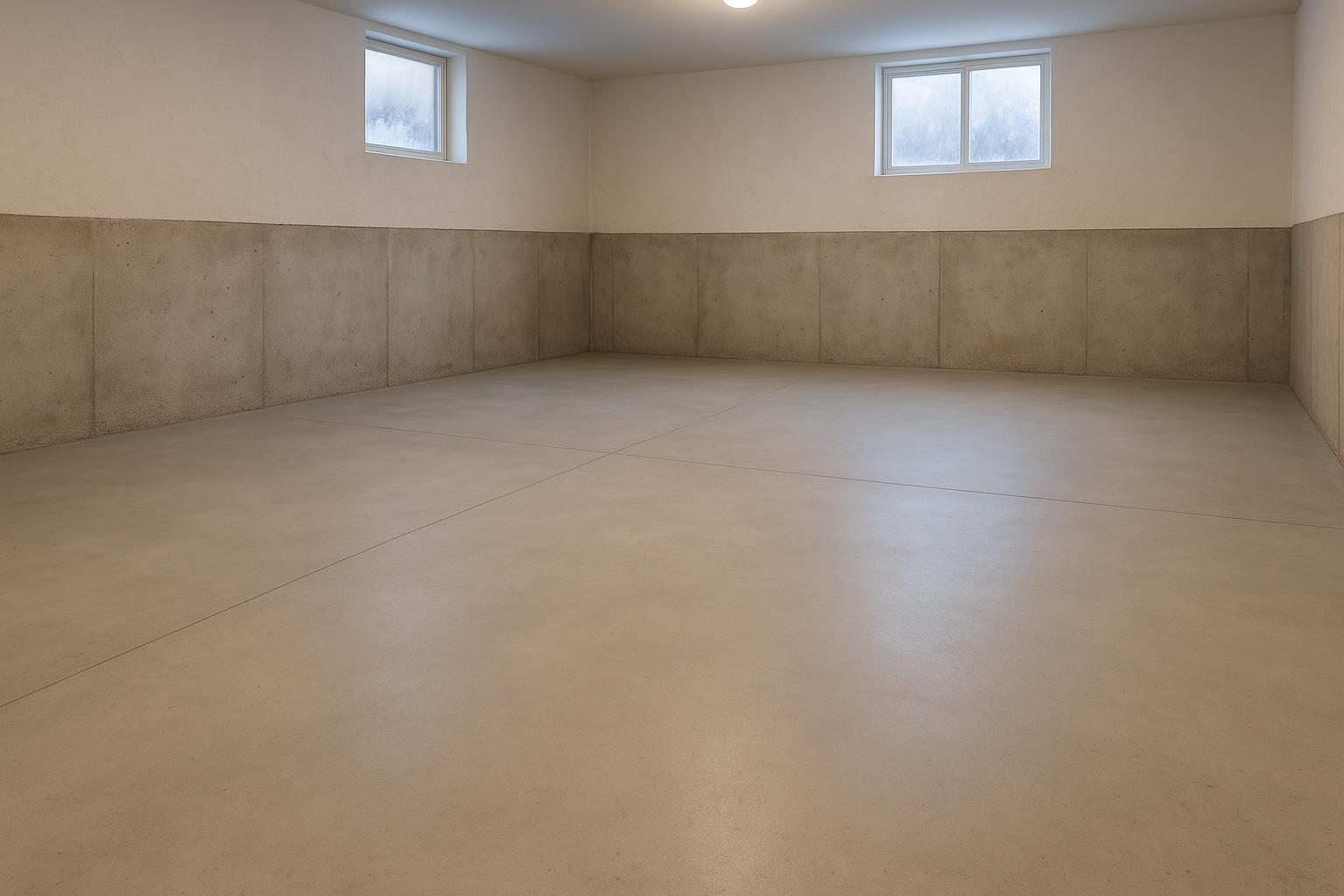Concrete is a durable and widely used material in construction, but it isn’t immune to wear and tear. Over time, the ground beneath concrete slabs can shift, causing issues that, if left untreated, can lead to more serious problems like sinking, cracking, or uneven surfaces. For Denver residents, the unique climate adds additional pressure to your concrete, especially during the freeze-thaw cycles in winter. To avoid costly repairs, it’s crucial to spot the early signs that your concrete may need attention. In this article, we will discuss the most common signs that your concrete might be in trouble and provide tips on addressing these issues promptly.
Visible Cracks in the Surface
Cracks are one of the most apparent indicators that your concrete needs repair. While small cracks may seem insignificant, they can worsen over time if not addressed early. In Denver, fluctuating temperatures, especially during the winter, cause water to seep into these cracks. When the water freezes, it expands, leading to larger cracks and further damage.
There are different types of cracks to watch out for:
Hairline Cracks: These are small, shallow cracks that often appear early in the damage process. Although they might not look serious, they can widen and deepen over time.
Deep Cracks: More substantial cracks that penetrate deeper into the slab are a sign of structural issues. These cracks could result from shifting soil or the slab settling unevenly.
Spiderweb Cracks: This pattern of cracks resembles a spiderweb and could indicate surface shrinkage or underlying stress on the slab.
If you notice any of these types of cracks, it’s essential to address them quickly. In many cases, early repair methods, such as concrete raising or resurfacing, can prevent the problem from getting worse. AAA Concrete Raising in Denver specializes in raising and leveling sunken concrete, ensuring a long-term solution to these issues.
Uneven or Sunken Concrete
Uneven or sunken concrete is another clear indication that the ground beneath the slab has shifted. This problem often occurs when the soil settles or erodes, leading to voids under the concrete. In Denver, where soil can expand and contract due to the region’s freeze-thaw cycles, uneven concrete is a common problem. When concrete sinks, it creates dangerous tripping hazards and can also cause water to pool, leading to further damage.
Common areas where uneven or sunken concrete occurs:
Driveways and Sidewalks: Sunken sections of your driveway or sidewalk not only affect curb appeal but also pose safety risks.
Patios: If your patio has become uneven, it may be a sign that the ground underneath is shifting.
Garage Floors: A sunken garage floor can lead to issues with your home’s foundation and may result in further structural problems if not corrected.
Concrete raising, also known as mudjacking or slab jacking, is a cost-effective way to fix sunken concrete. This method involves pumping a mixture of cement and other materials under the slab to lift it back into place. With concrete raising, you can avoid the expense and hassle of completely replacing the concrete.
Pooling Water or Drainage Issues
Proper drainage is essential for maintaining the longevity of your concrete surfaces. If you notice that water is pooling on your concrete after it rains or snows, it could be a sign that the surface is no longer level or has become damaged. Over time, pooling water can lead to erosion, crack formation, and even mold growth on your concrete surfaces.
Common areas where pooling water can cause problems include:
Driveways: Pooling water on your driveway can lead to deep cracks and further erosion of the soil underneath.
Patios: Standing water on your patio not only weakens the concrete but also creates a slipping hazard.
Sidewalks: Poor drainage around sidewalks can cause sections to sink, creating uneven surfaces and safety hazards.
Addressing pooling water as soon as it is detected can help prevent larger issues down the road. Resurfacing or lifting the concrete may be necessary to restore proper drainage and prevent further damage. In Denver, AAA Concrete Raising can help assess the issue and determine the most effective solution.
Chipping and Flaking Concrete
Another common sign that your concrete is deteriorating is chipping or flaking. This issue, also known as spalling, occurs when the top layer of concrete breaks away, leaving behind a rough, uneven surface. In Denver’s climate, spalling is often caused by the freeze-thaw cycle, where moisture penetrates the concrete, freezes, and then expands, causing the surface to chip.
Spalling can occur in several areas, such as:
Driveways: Flaking concrete on driveways not only looks unattractive but also reduces the strength of the surface.
Sidewalks: Chipped concrete on sidewalks can create uneven surfaces and pose tripping hazards.
Patios: If your patio has started to flake, it’s a sign that moisture has penetrated the surface, which can weaken the entire slab over time.
If you notice chipping or flaking on your concrete, it’s essential to address the issue before it spreads. Resurfacing or repairing the affected areas can help restore the surface’s integrity and extend its lifespan.
Discoloration and Stains
While discoloration might seem like a purely cosmetic issue, it can indicate deeper problems with your concrete. Stains or discoloration often result from moisture, chemicals, or other environmental factors that affect the concrete’s surface. In Denver, road salts used during the winter can contribute to staining, as they seep into the concrete and leave behind marks as they dry.
Common causes of concrete discoloration include:
Moisture: When moisture seeps into the concrete and causes dark patches, it could be a sign of water infiltration. This can lead to cracks and other structural issues.
Chemicals: Harsh chemicals, such as those used to de-ice driveways, can cause stains and weaken the surface of your concrete over time.
Mold or Algae: Green or black stains may indicate the presence of mold or algae, which thrive in areas where water tends to pool.
If you notice discoloration or stains on your concrete, it’s important to address the underlying cause. Cleaning and sealing the concrete can help prevent further damage, while concrete raising or resurfacing may be necessary if the surface has become uneven or weakened.
Protecting Your Concrete in Denver
Denver’s unique climate presents several challenges for concrete maintenance, particularly due to the extreme temperature changes and freeze-thaw cycles. To protect your concrete and avoid costly repairs, it’s essential to keep an eye out for the early signs of damage. Regular maintenance, such as sealing your concrete and ensuring proper drainage, can go a long way in preventing issues from arising.
If you’ve noticed any of the signs mentioned above, it’s time to take action. At AAA Concrete Raising, we specialize in concrete lifting and leveling services that can restore your sunken or damaged concrete to its original condition. Whether you need repairs for your driveway, patio, or sidewalk, our experienced team is here to help.
Don’t wait until the damage becomes worse—contact AAA Concrete Raising today for a free assessment of your concrete. We’ll work with you to find the best solution for your needs and ensure your concrete surfaces stay safe, level, and long-lasting.





